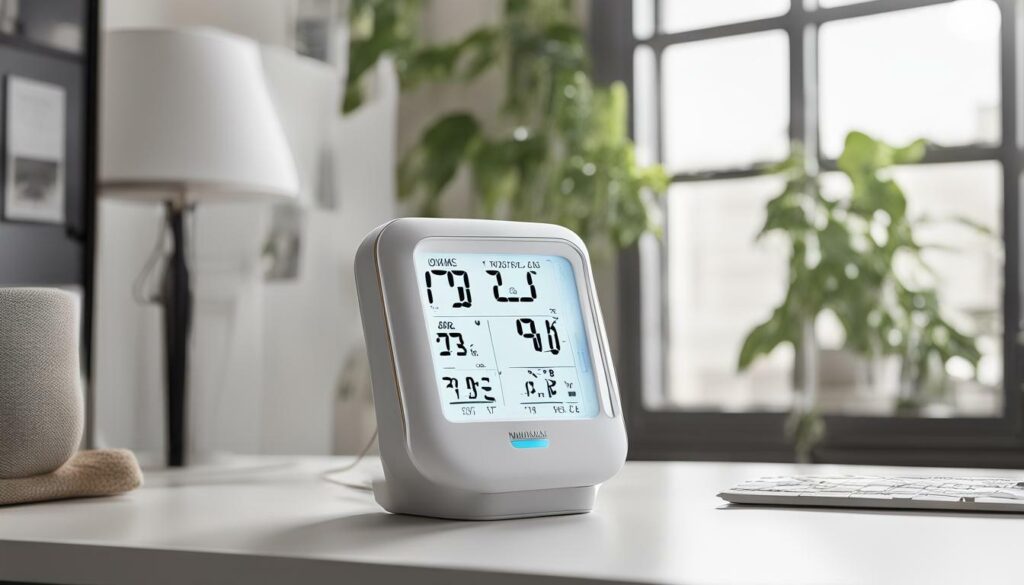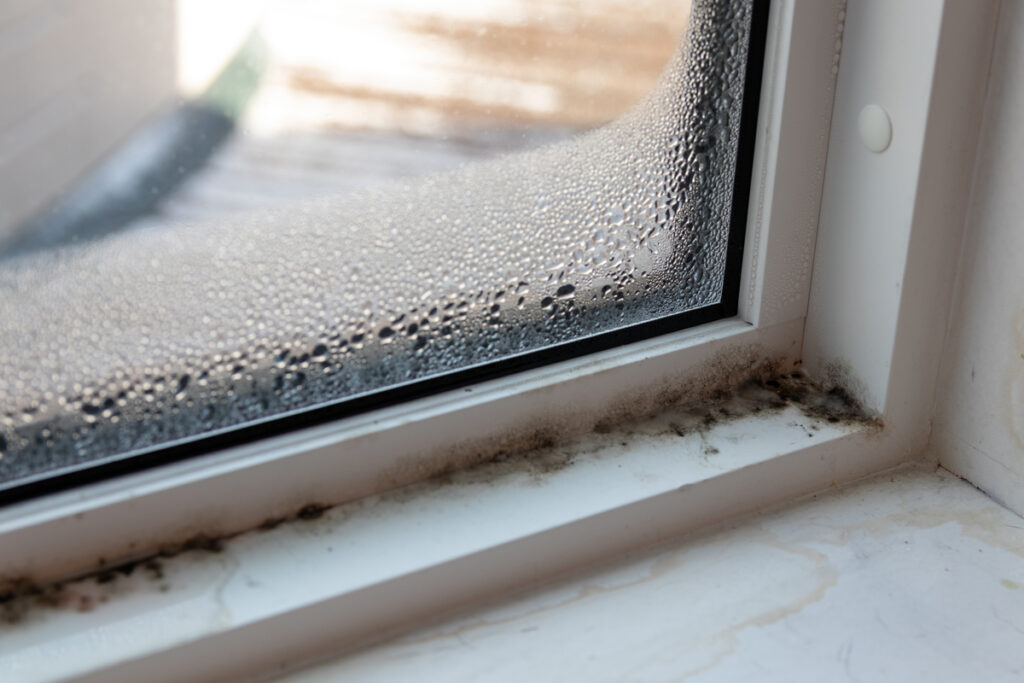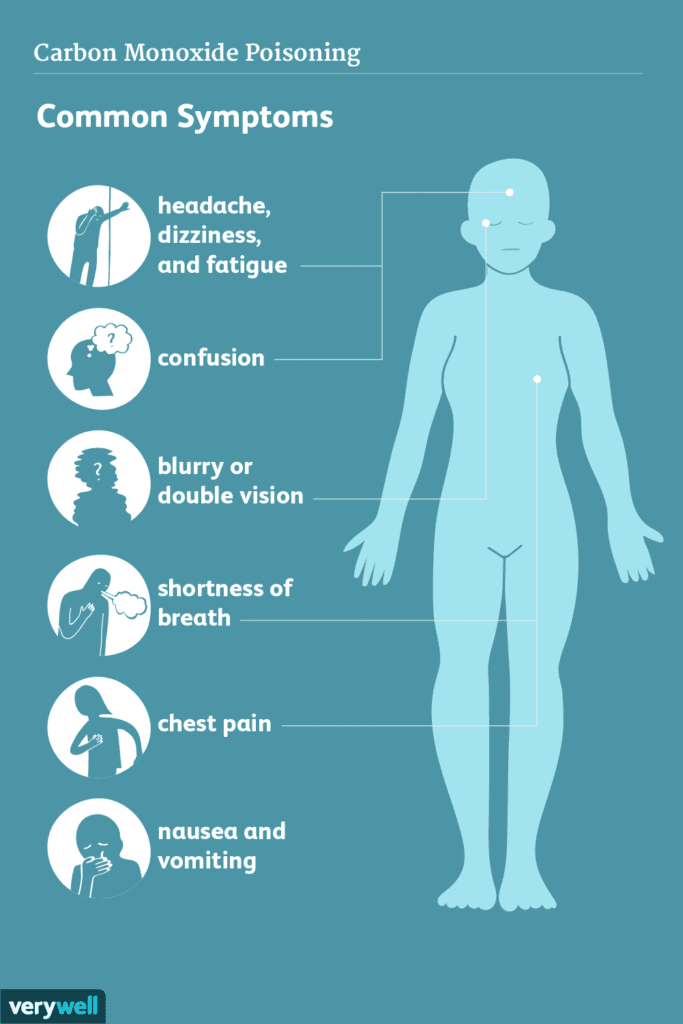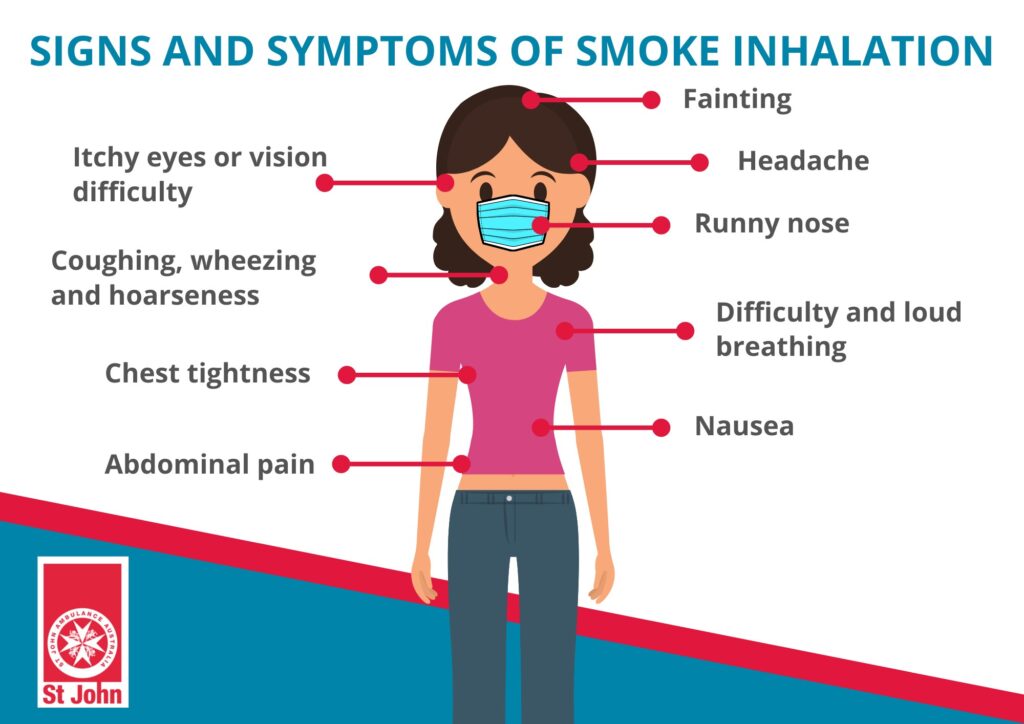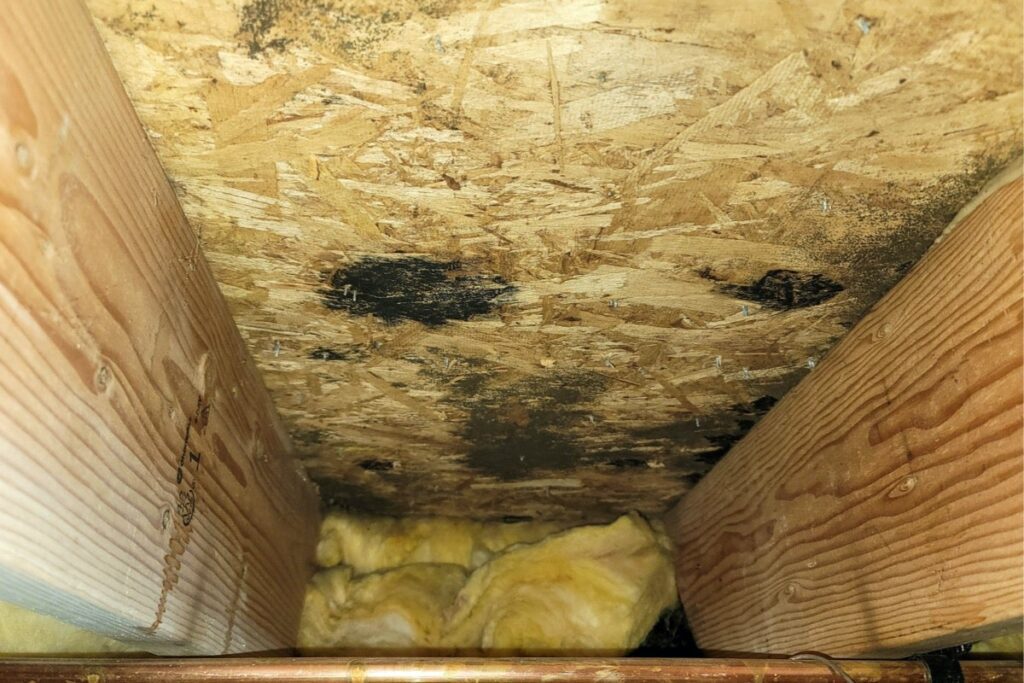Have you ever stopped to consider the quality of the air you breathe indoors? According to the Environmental Protection Agency (EPA), indoor air can often be two to five times more polluted than outdoor air. Poor indoor air quality can lead to a range of health problems, including headaches, fatigue, and respiratory issues.
But how do you know if the air inside your home or workplace is healthy to breathe? This is where an indoor air quality monitor comes in. These devices measure various pollutants and contaminants in the air, providing real-time information and enabling you to take action to improve the quality of the air you breathe.
So, is an indoor air quality monitor worth it? Let’s take a look at the benefits and importance of monitoring indoor air quality.
Key Takeaways:
- Indoor air quality can be two to five times more polluted than outdoor air.
- An indoor air quality monitor measures pollutants and contaminants in the air.
- Improving indoor air quality can lead to better health and well-being.
Understanding Indoor Air Quality
If you’re wondering whether an indoor air quality monitor is worth the investment, it’s important to first understand what indoor air quality is. Indoor air quality refers to the quality of the air inside buildings or structures, and it can have a significant impact on your health and well-being. Poor indoor air quality can be caused by a variety of factors, including air pollution, mold, and volatile organic compounds (VOCs).
Air pollution, both indoors and out, has been linked to a range of health problems, including respiratory diseases, heart disease, and even cancer. In fact, according to the Environmental Protection Agency (EPA), indoor air can be two to five times more polluted than outdoor air. This means that monitoring indoor air quality is crucial for maintaining a healthy home or workspace.


Indoor air can be two to five times more polluted than outdoor air.
The Role of Indoor Air Quality Monitors
Indoor air quality monitors are devices used for monitoring indoor air quality. These devices provide real-time information about pollutants and contaminants in the air. They work by measuring different air quality parameters, including temperature, humidity, air pressure, and the levels of various pollutants such as carbon dioxide, carbon monoxide, and particulate matter. By monitoring these parameters, indoor air quality monitors can help you identify potential sources of indoor air pollution and take necessary actions to reduce indoor air pollution levels.
There are different types of indoor air quality monitors available, each designed to measure specific pollutants or parameters. Some monitors are designed to detect air pollution caused by cooking or smoking, while others measure the levels of pollutants that can come from cleaning products or building materials. Depending on your needs and preferences, you can choose a monitor that measures the specific parameters and pollutants that are most relevant to you.
One of the main benefits of using an indoor air quality monitor is that it can help you maintain healthy air quality levels indoors. Poor indoor air quality can have a negative impact on your health, causing respiratory problems, allergies, and other health issues. By monitoring indoor air quality, you can take necessary actions to improve air quality and reduce the risk of health problems. For example, you can adjust ventilation levels, use air purifiers, or change the type of cleaning products you use to reduce indoor air pollution levels.
Overall, indoor air quality monitors play a vital role in maintaining healthy air quality levels indoors. By monitoring indoor air quality, you can identify potential sources of indoor air pollution and take necessary actions to improve air quality. Investing in an indoor air quality monitor is a smart choice for anyone who cares about their health and well-being.


Benefits of Using an Indoor Air Quality Monitor
If you’re considering investing in an indoor air quality monitor, you’ll be glad to know that there are several potential benefits to doing so. Here are just a few:
| Benefits | Description |
|---|---|
| Identifying Pollutants | An indoor air quality monitor can help you pinpoint the specific pollutants and contaminants present in your home, allowing you to take steps to remove or reduce them. |
| Real-time Updates | Unlike other methods of monitoring indoor air quality, such as sending samples to a lab for analysis, an air quality monitor provides real-time updates and alerts, allowing you to take action immediately. |
| Improved Health | By identifying and eliminating harmful pollutants, an indoor air quality monitor can help improve the health and wellbeing of you and your family. This is particularly important for people with allergies, asthma, or other respiratory conditions. |
| Increased Comfort | Indoor air quality can have a significant impact on your overall comfort level, and an air quality monitor can help you adjust your home’s temperature, humidity, and ventilation for optimal comfort. |
As you can see, there are many potential benefits to using an indoor air quality monitor. By providing insights into the pollutants present in your home and offering real-time updates and alerts, these devices can help you create a healthier, more comfortable living environment for you and your family.


Improving Indoor Air Quality
To improve indoor air quality, there are several actions you can take:
- Ventilate: Open windows and doors to increase air circulation.
- Control humidity: Use a dehumidifier to keep humidity below 50% to prevent mold growth.
- Clean regularly: Vacuum carpets and rugs, dust surfaces, and clean bedding to reduce dust and allergens.
- Avoid smoking: Avoid smoking indoors, and do not allow others to smoke indoors.
- Use natural cleaning products: Use natural cleaning products instead of harsh chemicals that can emit pollutants.
- Remove shoes: Remove shoes before entering the house to prevent tracking in outdoor pollutants.
By taking these steps, you can significantly reduce the number of pollutants and contaminants in your indoor air.


“Indoor air pollution can be even worse than outdoor air pollution. That’s why it’s so important to take steps to improve your indoor air quality.”
Do Indoor Air Quality Monitors Really Work?
If you’re considering investing in an indoor air quality monitor, you may be wondering if it’s really worth it. After all, can a device really make that much of a difference to the air you breathe inside your home or office?
The answer is a resounding “yes!” Indoor air quality monitors are highly effective tools for improving the health and comfort of indoor environments. By providing real-time information about pollutants and contaminants in the air, these devices allow you to take specific actions to address indoor air quality concerns.
But don’t just take our word for it. Studies have shown that using an indoor air quality monitor can lead to a range of health benefits, including improved respiratory function and reduced risk of asthma and allergies. By identifying and addressing sources of indoor air pollution, these devices can also boost productivity and concentration levels, creating a more comfortable and productive indoor environment.
While it’s true that not all indoor air quality monitors are created equal, investing in a high-quality device can provide significant benefits for years to come. Look for models that offer accurate and comprehensive monitoring capabilities, such as real-time pollutant detection, automatic alerts, and customizable reporting.
So, if you’re looking to create a healthier and more comfortable indoor environment, investing in an indoor air quality monitor is definitely worth considering. Not only can these devices help you identify and address indoor air quality concerns, but they can also provide a range of tangible health and productivity benefits.
“Studies have shown that using an indoor air quality monitor can lead to a range of health benefits, including improved respiratory function and reduced risk of asthma and allergies.”


The Role of Indoor Air Quality Monitors
Now that you understand what indoor air quality is, it’s time to learn about the role of indoor air quality monitors. These devices are specifically designed to measure and monitor indoor air quality in real-time, providing accurate and up-to-date information about the pollutants and contaminants present in your indoor environment.
Indoor air quality monitors are critical for ensuring the health and safety of you and your family. The air inside your home can be up to five times more polluted than the air outside, which can lead to serious health issues over time. By monitoring the air quality in your home, you can take steps to mitigate any potential problems, and create a safer and healthier living environment.
Indoor air quality monitors are especially important for those who suffer from allergies, asthma, or other respiratory conditions. These devices can help identify and track specific pollutants, such as mold, pollen, or pet dander, that may aggravate these conditions, allowing you to take targeted action to address them.
Overall, the importance of indoor air quality monitors cannot be overstated. These devices provide critical information that is necessary for ensuring the health and safety of you and your family. So if you’re serious about improving your indoor air quality, investing in a quality indoor air quality monitor is a smart choice.


Cost vs. Value: Is an Indoor Air Quality Monitor Worth the Investment?
If you’re considering investing in an indoor air quality monitor, you may be wondering if the benefits outweigh the costs. After all, these devices can range anywhere from $50 to $500 or more. However, it’s important to consider the potential health benefits and long-term cost savings that come with monitoring indoor air quality.
By using an indoor air quality monitor, you can identify and address indoor air pollutants that may be affecting your health and comfort. This can lead to a reduction in respiratory issues, allergies, headaches, and other health problems associated with poor air quality. In turn, this can result in fewer visits to the doctor and lower medical expenses.
Beyond the health benefits, an indoor air quality monitor can also help you save money in the long run. By identifying sources of indoor air pollution, such as mold or ventilation issues, you can take steps to address them and prevent further damage. This can lead to lower repair costs and even increased home value over time.
Overall, while the initial cost of an indoor air quality monitor may seem daunting, the potential benefits and cost savings make it a worthwhile investment for many individuals and families.


Real-Life Examples of Indoor Air Quality Monitor Benefits
Investing in an indoor air quality monitor can have numerous health benefits for you and your family. Here are some real-life examples of how using an indoor air quality monitor has made a positive impact on people’s lives:
| Example | Benefit |
|---|---|
| John’s Story | Tracking asthma triggers: John’s young son suffers from asthma, and they had trouble figuring out what was causing his flare-ups. With the help of an indoor air quality monitor, they were able to track and identify the triggers, such as dust and pet dander, and take steps to eliminate them from their home. |
| Martha’s Story | Peace of mind: Martha recently moved into an older home and was concerned about potential air quality issues. By using an indoor air quality monitor, she was able to identify areas of the house with poor ventilation and high levels of pollutants, allowing her to take action and improve the overall air quality of her home. |
| David’s Story | Improved allergies: David suffered from seasonal allergies and was struggling to find relief indoors. With the help of an indoor air quality monitor, he was able to identify and remove allergens such as pollen and mold from his home, resulting in improved symptoms and overall quality of life. |
These are just a few examples of the many ways that investing in an indoor air quality monitor can improve your health and well-being.
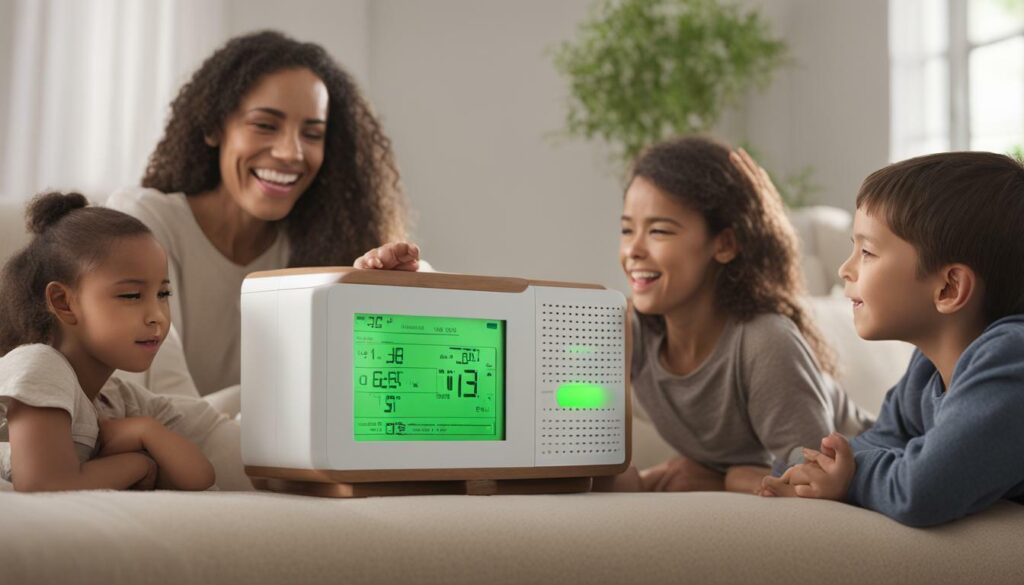

Conclusion
After reading this article, you may still be wondering: is an indoor air quality monitor worth the investment?
The answer is a resounding yes. Monitoring your indoor air quality is important for your health and overall comfort, and an indoor air quality monitor can help you achieve a cleaner, safer environment for you and your family.
By using an indoor air quality monitor, you can identify potential pollutants and allergens, and take action to improve your indoor air quality. This can lead to a range of health benefits, including reduced respiratory issues, improved sleep, and fewer allergies.
While the initial cost of an indoor air quality monitor may seem daunting, the long-term benefits far outweigh the investment. Plus, with a range of price points and features available, there is an indoor air quality monitor that can fit any budget and need.
Don’t just take our word for it – real-life examples have shown how indoor air quality monitors have helped people improve their health and well-being. So take control of your indoor air quality today and invest in an indoor air quality monitor – your health and comfort will thank you.
FAQ
Q: Is an indoor air quality monitor worth it?
A: Yes, an indoor air quality monitor can be a valuable investment. It provides real-time information about pollutants and contaminants in your indoor environment, helping you identify and address potential health hazards.
Q: What is indoor air quality?
A: Indoor air quality refers to the cleanliness and healthiness of the air inside a building. Poor indoor air quality can be caused by factors such as air pollution, dust, mold, and volatile organic compounds (VOCs).
Q: How do indoor air quality monitors work?
A: Indoor air quality monitors measure and monitor the level of pollutants and contaminants in the air. They use sensors to detect particles, gases, and other harmful substances, providing real-time data and alerts.
Q: What are the benefits of using an indoor air quality monitor?
A: Using an indoor air quality monitor can help you identify and address indoor air pollutants, leading to improved health and overall comfort. It allows you to take proactive steps to create a healthier indoor environment.
Q: How can I improve indoor air quality?
A: There are several strategies for improving indoor air quality. These include keeping the space clean and well-ventilated, minimizing the use of chemical products, controlling humidity levels, and regularly changing air filters.
Q: Do indoor air quality monitors really work?
A: Yes, indoor air quality monitors are effective in measuring and monitoring indoor air pollutants. They provide reliable data that can be used to make informed decisions and take preventive actions to improve air quality.
Q: What factors should I consider when choosing an indoor air quality monitor?
A: When selecting an indoor air quality monitor, consider factors such as accuracy, features, ease of use, and reliability. It’s important to choose a device that suits your specific needs and provides accurate and actionable data.
Q: Is an indoor air quality monitor worth the investment?
A: The cost-benefit analysis of an indoor air quality monitor depends on individual circumstances. However, considering the potential health benefits and the ability to address indoor air pollutants, it can be a worthwhile investment for many.
Q: Can you provide real-life examples of indoor air quality monitor benefits?
A: Many people have experienced improved health and well-being by using indoor air quality monitors. For example, individuals with allergies or asthma can effectively manage their symptoms by identifying and eliminating specific indoor air triggers.
Conclusion
An indoor air quality monitor is worth considering for anyone concerned about the health and comfort of their indoor environment. These devices provide real-time data and insights that can lead to a healthier living space and improved well-being.

